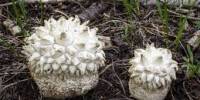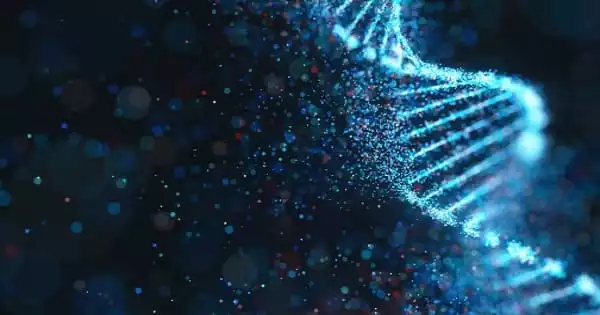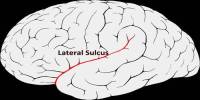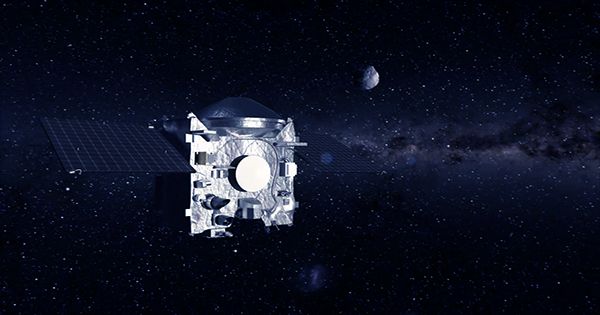Recombinant DNA (rDNA) is a molecular biology and genetic engineering technology that includes mixing DNA from two or more different sources to create a new DNA sequence. This technique enables scientists to edit and modify DNA in ways that traditional breeding or natural processes could not. This technology has transformed the field of biotechnology and has diverse uses in health, agriculture, and fundamental scientific study.
A bit of DNA that has been generated by joining two or more pieces from various origins is referred to as recombinant DNA. Because DNA molecules from all organisms share the same chemical structure and differ only in nucleotide sequence, recombinant DNA is feasible. Because recombinant DNA molecules can be formed of material from two distinct species, they are sometimes referred to as chimeric DNA. Palindromic sequences are used in rDNA technology, resulting in sticky and blunt ends.
Key aspects of recombinant DNA technology include:
- Isolation of DNA: DNA is extracted from different sources, such as bacteria, viruses, plants, or animals, using various methods.
- Cutting DNA: Enzymes called restriction endonucleases are used to cut DNA at specific recognition sequences, producing fragments with sticky ends (single-stranded overhangs).
- Selection of a vector: A vector, often a plasmid or a viral genome, is chosen to carry the foreign DNA fragment (the insert).
- Ligating DNA: DNA ligase is used to join the foreign DNA fragment to the vector by forming phosphodiester bonds, creating recombinant DNA.
- Transformation: The recombinant DNA is introduced into a host organism, such as bacteria, yeast, or plant cells, to replicate and express the foreign gene.
Applications
- Production of therapeutic proteins: It is used to make proteins such as insulin, growth hormones, and vaccinations, which are critical in the treatment of a variety of medical problems.
- Genetic engineering of crops: It is used to develop genetically modified (GM) crops with desirable features such as insect resistance or increased nutritional value.
- Gene therapy: It provides a method for introducing functioning genes into people with genetic diseases in order to treat or reduce their symptoms.
- Molecular research: rDNA is used by scientists to research gene function, regulation, and interactions, which aids in our understanding of genetics and biology.
- Forensic applications: DNA profiling procedures, including DNA fingerprinting, analyze and compare DNA samples in criminal investigations and paternity tests using recombinant DNA technology.
The DNA sequences utilized to build recombinant DNA molecules might come from any species. Plant DNA, for example, can be linked to bacterial DNA, while human DNA can be linked to fungal DNA. Furthermore, DNA sequences that do not exist in nature can be produced and incorporated into recombinant DNA molecules through the chemical synthesis of DNA. Any DNA sequence can be generated and injected into living organisms using recombinant DNA technologies and synthetic DNA.
















